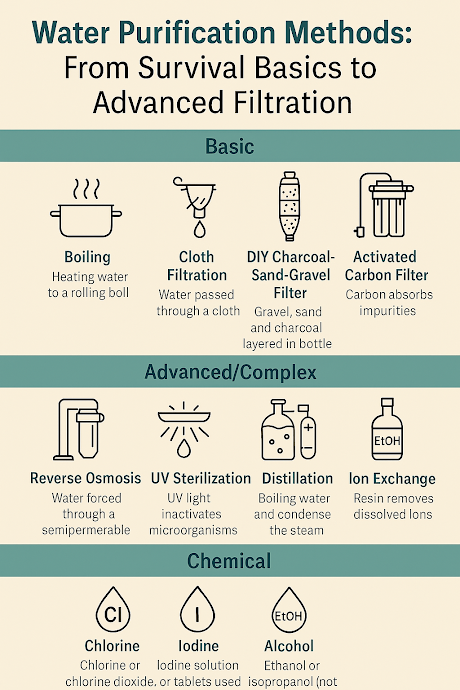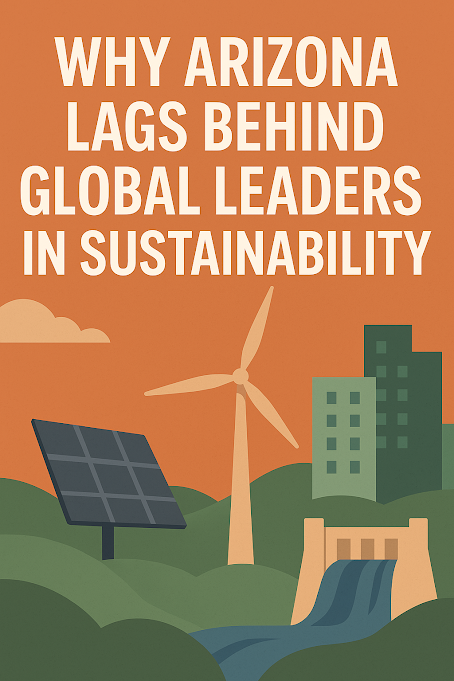Sustainable Survival Systems for Every Region and Climate Zone

As global populations grow and natural disasters become more intense and frequent, creating sustainable systems to meet the basic needs of millions is no longer optional—it’s urgent. From deserts and coastlines to flood plains and snowy regions, every environment demands tailored solutions that balance energy, water, food, transportation, and social equity, while reducing environmental harm and ensuring long-term resilience. Digital illustration showing sustainable survival systems across diverse climate zones, including solar farms, flood-proof housing, and cold-chain food logistics. Adapting to Climate & Disaster Zones To design resilient systems, we must understand the hazards and resources of each landscape. Here’s how to build smarter across six common zones: 🌪 Hurricane-Prone Coasts Power: Elevated solar+battery microgrids, waterproof substations. Water: Rain catchment with first-flush filters; flood-resistant wells. Food: Raised-bed gardens, aquaponics nearsh...











